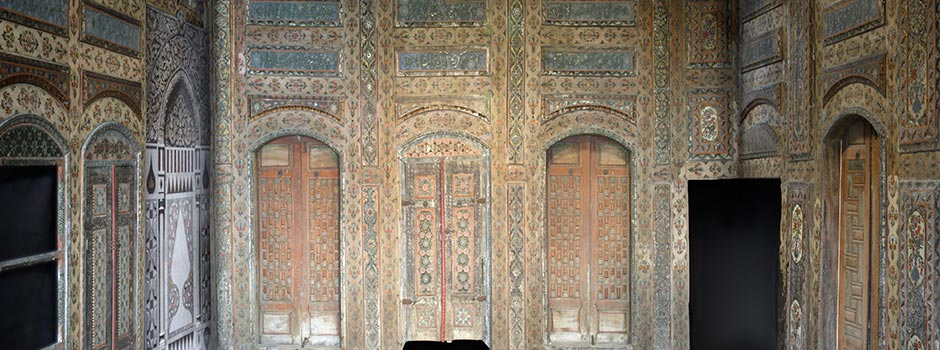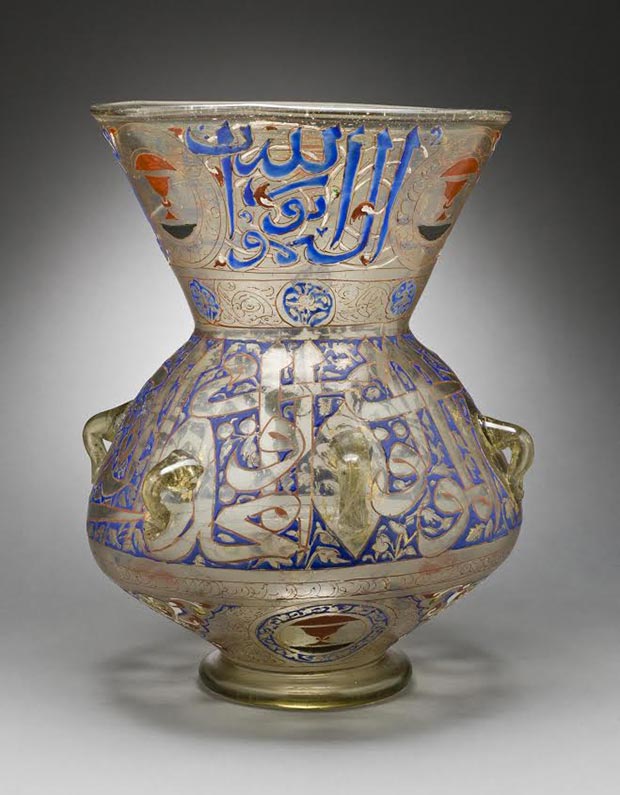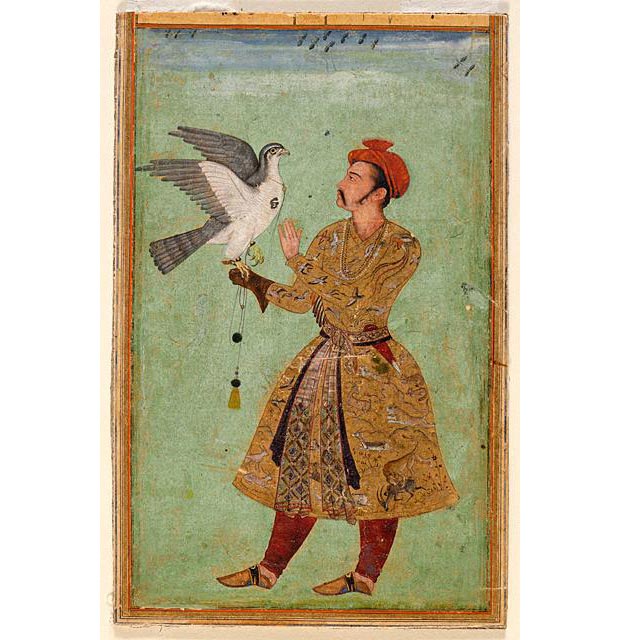
EXHIBITION IN SAUDI ARABIA IN 2016 LACMA and the King Abdulaziz Center for World Culture to Collaborate on Islamic Art Exhibition
Jan 15, 2015 Exhibition

 Lamp / Egypt or Syria, mid 14th Century / LACMA - William Randolph Hearst Collection / Courtesy of LACMA
Lamp / Egypt or Syria, mid 14th Century / LACMA - William Randolph Hearst Collection / Courtesy of LACMA
"This is a landmark project for the museum," said LACMA CEO and Wallis Annenberg Director Michael Govan. "We are delighted that masterworks from LACMA’s eminent collection are traveling to Saudi Arabia so that they can be shared with a broader audience, and enjoyed not only for their obvious surface beauty but also for the rich historical and cultural traditions from which they emerged. We are also gratified to have a spectacular and important Damascus room enter LACMA’s holdings—which already includes one of the world’s top collections of Islamic art—and we are especially grateful to the King Abdulaziz Center for World Culture for their significant partnership to restore and conserve the room."
"It is truly a privilege to be able to display LACMA’s exceptional collection of Islamic art from such a variety of world cultures here in Saudi Arabia,†said Fuad Al-Therman, Director of the King Abdulaziz Center for World Culture. "Seeing our civilization depicted through these beautiful objects, and being able to share such valuable pieces of world and regional history with our visitors, is a great honor."
 Prince with a Falcon / North India / LACMA - From the Nesli and Alice Heeramaneck Collection / Museum Associates Purchase / Courtesy of LACMA
Prince with a Falcon / North India / LACMA - From the Nesli and Alice Heeramaneck Collection / Museum Associates Purchase / Courtesy of LACMA
LACMA’s holdings in Islamic art comprise one of the most significant such collections worldwide. Over 130 works of art will be included in the two-year exhibition, most of which are the products of great urban centers such as Cairo, Damascus, Samarqand, Isfahan, Granada, Istanbul, Delhi, and Lahore. These luxury objects demonstrate the evident demand within Muslim society for both functionality and virtuosity. Such meticulously produced objects largely define the material culture of the ruling elite and privileged classes, in a period stretching well over a millennium and in an area extending from southern Spain to western Central Asia and northern India. Brilliantly glazed pottery and tiles, enameled and gilded glass, inlaid metalwork, carved ornamental stone and wood, lavish woven textiles, and vividly illuminated and superbly written manuscripts all absorbed the creative energies of artists, becoming highly developed art forms.
Among the masterworks from the collection to be presented in the exhibition are:
Dated 1766–67 and measuring 15’ x 20’ (6.096 x 4.572 m), this largely complete interior served as a reception room, where the head of the family entertained honored guests. Such lavishly decorated rooms opened out to ornate stone courtyards in the well-to-do homes of Damascus. With the modernization and growth of the city, many historic homes were demolished, but occasionally their sumptuous interiors were spared, as was the case with the LACMA room. It was dismantled intact from a courtyard home in the al-Bahsa quarter of Damascus, which was torn down in 1978 to make way for a road; soon after, the room was exported from Syria to Beirut, Lebanon, where it remained for over 30 years.
The Damascus room features beautifully painted and carved wood walls, an intricately inlaid stone wall fountain, and a spectacular arch formed of colorful plaster voussoirs. Perhaps because it was in storage for so many years and had never been reinstalled restored, the room is largely in its original, though aged, state, with one of the best-preserved painted surfaces—including bright pinks, oranges, blues and greens—of any similar room of the period. It will be unveiled to the public for the first time in the Center’s museum. Conservation of the Damascus Room is currently underway at LACMA. Additional support is provided by the Friends of Heritage Preservation, a private charitable group supporting cultural and historical preservation projects worldwide.
 The Damascus room, 1766–67/1181 AH / Photo © 2014 Museum Associates/LACMA / Courtesy of LACMA
The Damascus room, 1766–67/1181 AH / Photo © 2014 Museum Associates/LACMA / Courtesy of LACMA
 The Damascus room, detail, 1766–67/1181 AH / Photo © 2014 Museum Associates/LACMA / Courtesy of LACMA
The Damascus room, detail, 1766–67/1181 AH / Photo © 2014 Museum Associates/LACMA / Courtesy of LACMA
 The Damascus room, 1766–67/1181 AH / Photo © 2014 Museum Associates/LACMA / Courtesy of LACMA
The Damascus room, 1766–67/1181 AH / Photo © 2014 Museum Associates/LACMA / Courtesy of LACMA
Since its inception in 1965, the Los Angeles County Museum of Art (LACMA) has been devoted to collecting works of art that span both history and geography, in addition to representing Los Angeles's uniquely diverse population. Today LACMA is the largest art museum in the western United States, with a collection that includes over 120,000 objects dating from antiquity to the present, encompassing the geographic world and nearly the entire history of art. Among the museum’s strengths are its holdings of Asian art, Latin American art, ranging from pre-Columbian masterpieces to works by leading modern and contemporary artists; and Islamic art, of which LACMA hosts one of the most significant collections in the world. A museum of international stature as well as a vital part of Southern California, LACMA shares its vast collections through exhibitions, public programs, and research facilities that attract over a million visitors annually, in addition to serving millions through digital initiatives, such as online collections, scholarly catalogues, and interactive engagement at lacma.org. Situated in Hancock Park on over 20 acres in the heart of Los Angeles, LACMA is located between the ocean and downtown.
Comments
Add a comment